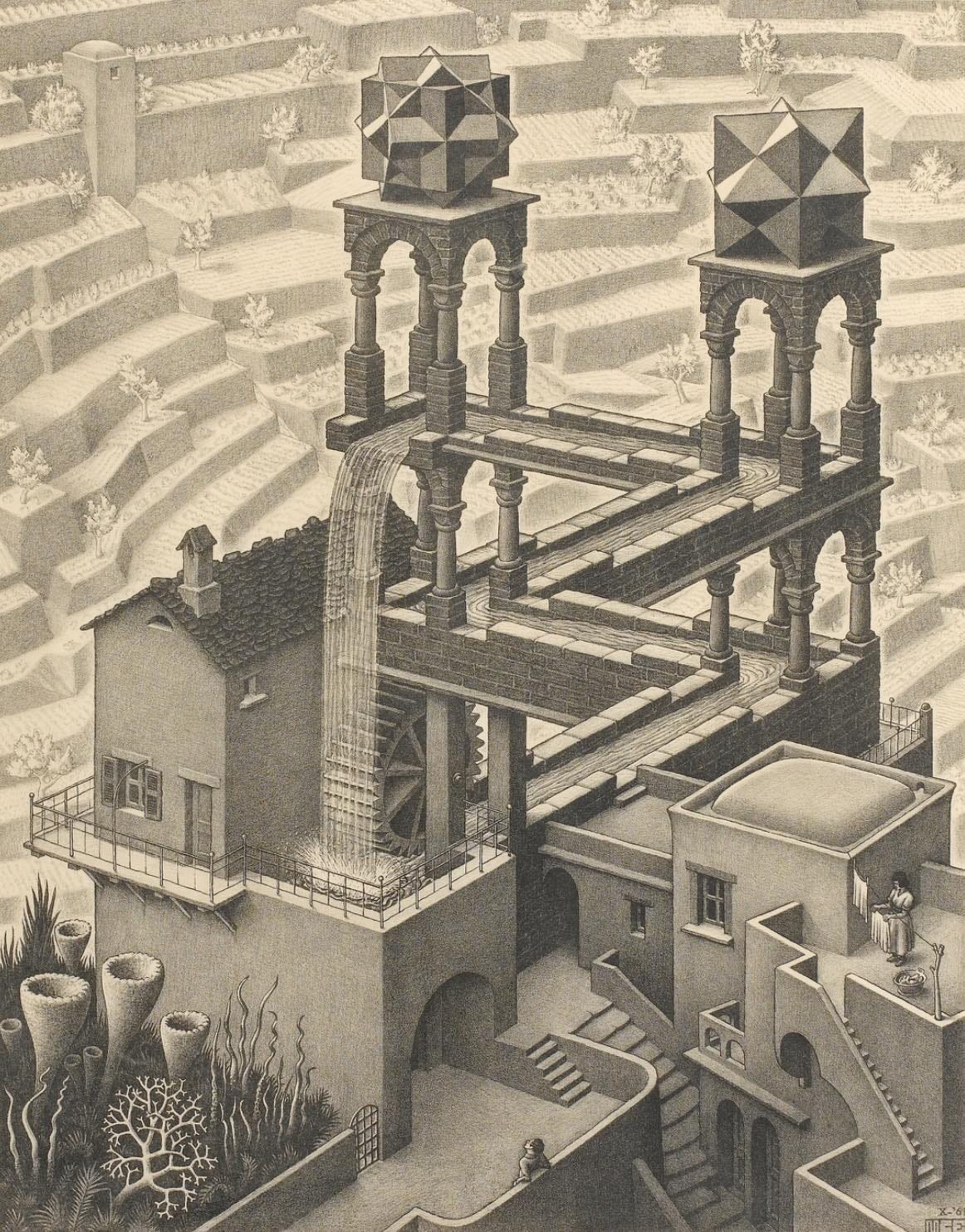Yesterday, I went bouldering for the first time. Finally, the source of many scrawny-kid jokes in high school turned into an advantage. I’m 5’7″. I weigh 136 lbs. I’m neither tall nor strong — but my power-to-weight ratio is excellent.
I can easily do 50 push-ups or pull myself up some ledge. As it turns out, this kind of balance is exactly what you need when you’re trying to go from one set of tiny knobs to the next on a six-foot slanted wall.
After some basic, first-level trials and picking up the rules, I managed to climb some second- and even third-level problems. That’s nothing compared to expert climbers gliding up the impossibly-flat-surface elements of a level 12 wall, but, for a beginner, it’s not half bad. Still, my arms got tired after about 90 minutes, and it was almost time to go. Almost.
Read More









